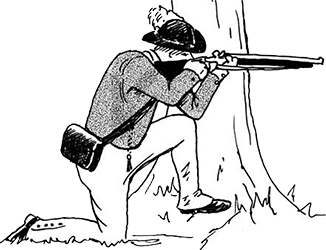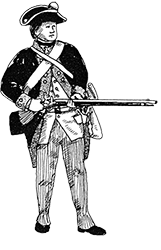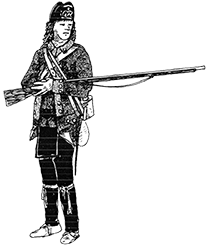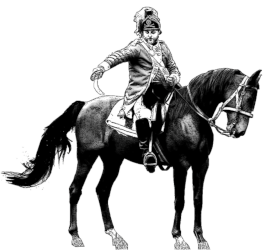-
In the 18th century the British army was home to some of the best-equipped and best-trained troops in the world. At the outbreak of the American Revolution in 1775 there were 8,000 British regulars already stationed in North America. By the end of the war more than 56,000 British and some 29,000 German troops would see service in America and the West Indies – not to mention many thousands of Loyalist troops and Indian allies.
The British regimental uniform was almost universally red and faced with any of various colors, depending on the regiment. Most wore white small clothes and a black cocked hat with their side arms and cartridge pouch on crossed white leather belts. Their primary weapon was the smooth-bore “Brown Bess” musket.
Units are listed chronologically by the period they portray.
Illustrations by Mark Tully, 55th Foot.


 Facebook
Facebook












